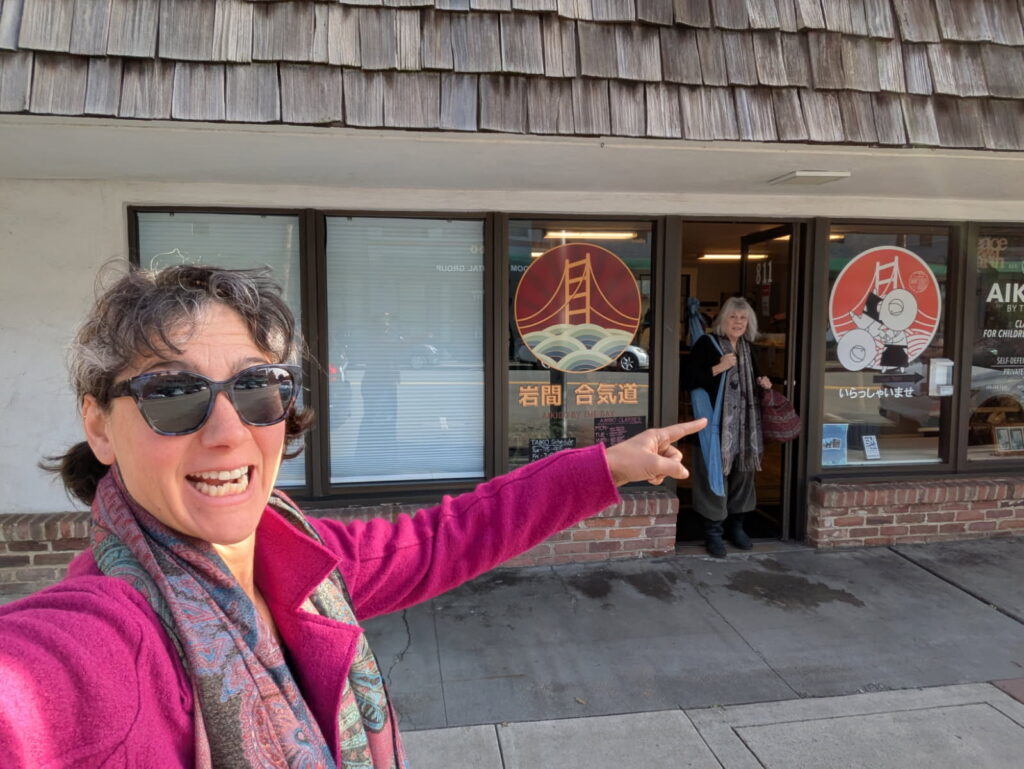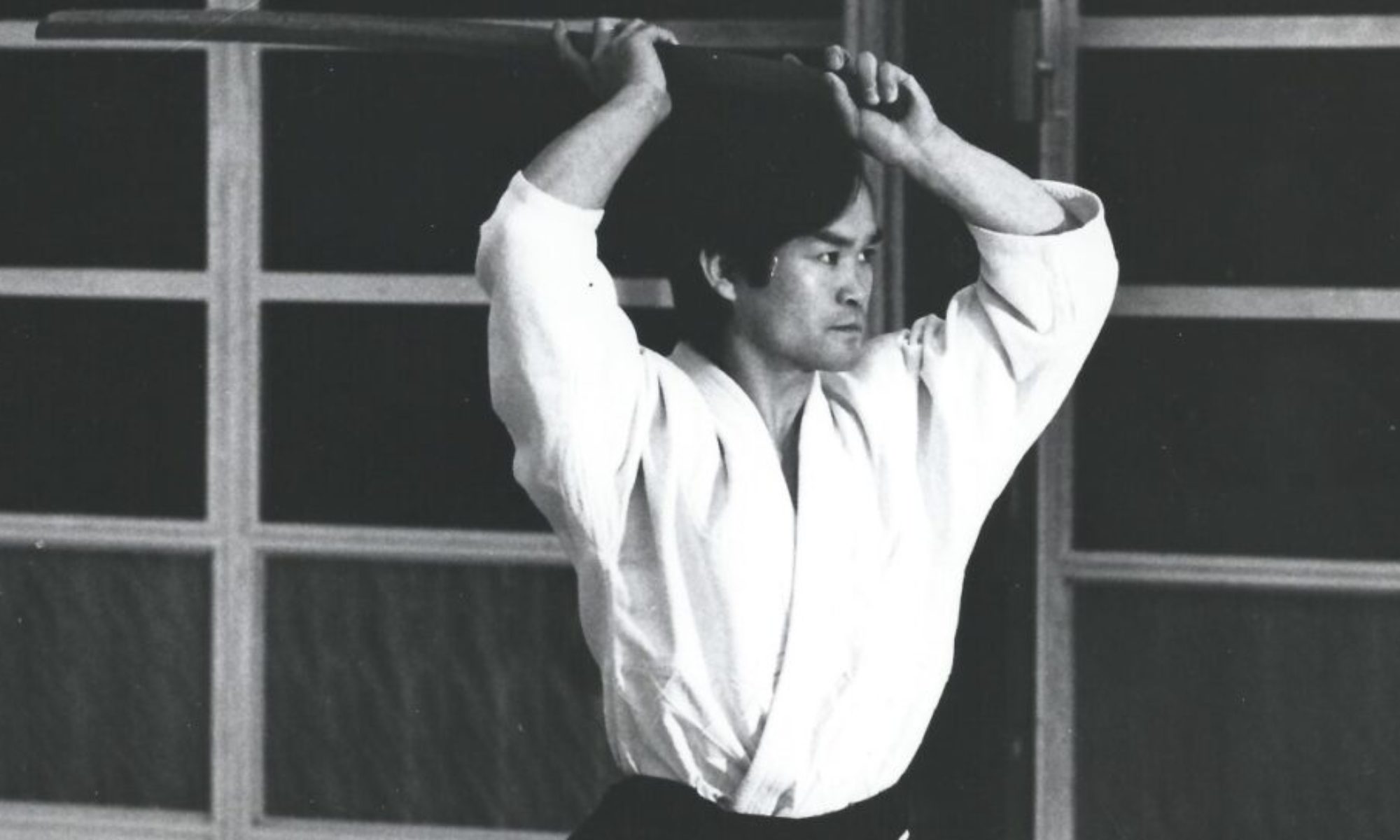Marci Martinez, Grass Valley Aikikai
How do we bring Aikido into the future? Recently I have heard concerns that Aikido is dying– enrollment is declining, and dojos are closing due to lack of interest. Although Aikido’s future might seem bleak, I think it will continue to persevere… through bonds of common interest and interpersonal connection. There are natural and essential connections between nage and uke, between sensei and student, and between dojos and the surrounding community.
The connection between nage and uke is paramount to feeling Aikido. There is a blending of energy that begins with a committed attack and grows with the progression of the technique. An uke may also look for openings to test the nage’s control, all the while maintaining connection and attempting to reverse a technique.
As uke, it is a humbling yet invaluable experience to move in for an attack and suddenly find oneself on the floor, unable to move because of the skill and connection of the nage. The nage’s initial martial awareness while inviting an attack is often impressive. The nage moves at just the right speed to keep the student invested, and demonstrates control while taking advantage to coax the student to the floor.
Continued success of local dojos will also help bring Aikido into the future. But to succeed, there need to be interpersonal connections between dojo members… and a sense of community. Students need to feel comfortable asking for help, and need to feel safe enough to try, fail, and try again without judgement. They need to feel interdependence, a sense of trust and caring, and be able to train in a committed way, with consistent attendance. If dojo members feel this level of connection, they are more likely to enjoy themselves and look forward to going to class. They will continue to progress, into the future.
Another mark of a successful dojo is for the student to feel connected to their sensei. If this connection is absent, a student may leave to find a sensei with whom they feel more comfort, care, or value. A sense of division between students and teachers can also have a negative effect on the dojo community.
Finally, for an Aikido dojo to progress and persevere, it needs to be connected with the surrounding community. Outreach and visibility are critical to a dojo’s success. Dojos could offer demos or classes to younger students to capture them early in life, or provide self-defense classes as a way of attracting them to the dojo and sensei. A dojo might even offer fall prevention classes to teach people how to correctly fall to avoid injury. These and other publicly visible options could bring awareness (and hopefully more students) to Aikido.
Those of us who have fallen in love with Aikido and can’t imagine not practicing have a responsibility to be examples to others… especially in terms of virtue, fitness, and discipline. We can easily demonstrate the value of Aikido and how it has helped us in our lives… how it has given us confidence to walk down potentially dangerous city streets, or how it has given us the ability to maintain calm as we redirect attacks that may have nothing to do with us.
Aikido will continue to be a successful art into the future if we practitioners can keep and nurture strong relationships and interpersonal connections within the dojo, and between the dojo and the community.

Editor’s note: this essay was written for the author’s fukushidoin test February 15th, 2025.

<3!
Dear Biran Online,
I would like to ask you if I could post the Czech translation of this article (https://biran.birankai.org/?p=2910) on my website aiki-wiki.eu.
Sincerely,
Ladislav Kořan
Yes, certainly, you have permission to repost the article, and thank you.
Thank you very much!
I enjoyed reading this and as an actual participant in your dojo it truly represents your Sensei, your training and the Grass valley community. Keep up the good work!
Gasshu